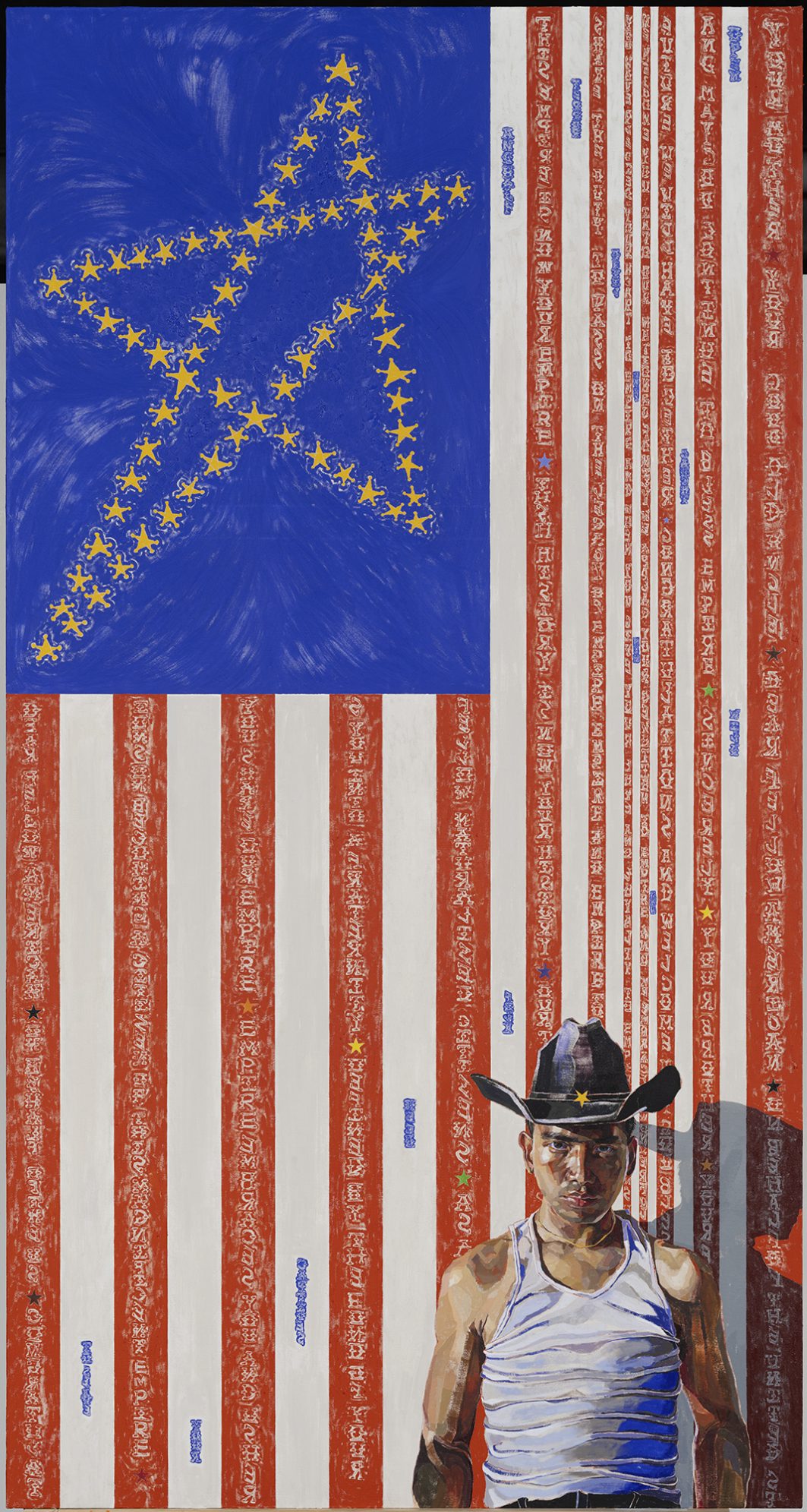Diversity within Asia
Asia is a massive continent encompassing vast geographic, cultural and ethnic diversity. South, Southeast, East and Central Asian populations differ greatly in terms of genetics, history, language and traditions. To generalize such differences under a singular term like “Asian” overlooks the depth and intricacies that define individual identities across Asia. While geography connects these regions, it is not the sole determinant of ethnicity or race.

The Narrowing Definition in North America
In North America specifically, the term “Asian” has come to predominantly denote those of East and Southeast Asian descent. This includes groups like Chinese, Japanese, Korean and Vietnamese. Over time, the label has primarily focused on the shared physical traits and ancestral origins of East Asians due to superficial similarities. However, meaningful distinctions exist between these varied communities as well.
Beyond Physical Traits
Ethnicity signifies far more profound cultural ties relating to shared language, religion, customs and historical experiences. Simply categorizing by apparent race overlooks this deeper layer of nuanced identity. For instance, someone of Indian descent may physically appear similar to East Asians yet stake distinctly separate claims regarding ethnic background, traditions and national belonging.
Multiple Identities at Once
Likewise, Middle Eastern or West Asian peoples recognize affiliations beyond a reductive “Asian” label. Identifying as both Caucasian and Middle Eastern simultaneously acknowledges the multilayered nature of ethnic classification. No singular affinity necessarily cancels out others. People embrace intersecting identities in complex ways not confined to rigid continental divides.
Moving Past Limiting Labels
Ultimately, broadly using “Asian” risks misrepresenting the immensely rich diversity of Asia’s population groups. While geography connects the region, meaningful cultural differences persist as well. Rather than assume uniformity, a more accurate portrait acknowledges each community on their own intricate terms. This recognizes the multilayered identities all peoples hold versus constraint within overly simplified categories.
Embracing Nuance in Identity
There exists no single definition of “Asian” capable of fully encompassing over 4 billion people. Individual ethnic affiliations merit respect in their own right rather than reduction to continental generalizations.
With greater awareness, limited boxes can expand to honor interwoven complexities. True recognition celebrates distinct narratives alongside shared connections - embracing both multifaceted particulars and broader intersections of human identity.

 Conclusion
Conclusion